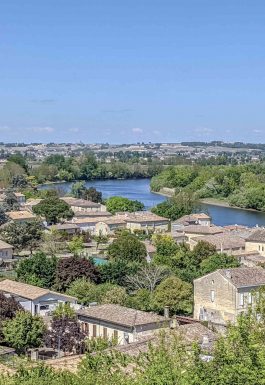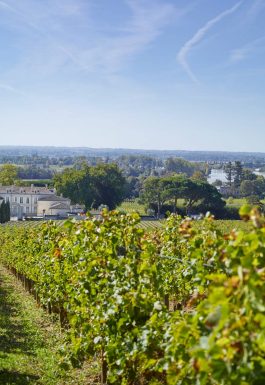The Dordogne is a river whose source is located at Puy de Sancy, in the heart of the Massif Central, at an altitude of 1366 m.
It therefore forms, at this altitude, thanks to the meeting of two small mountain streams, the Dore and the Dogne.
Contrary to popular belief, the name "Dordogne" does not come from the assembly of the names of the streams Dore and Dogne, but in fact from the word Durānius, itself coming from the pre-Celtic root dur- or dor- (which refers to a stream). In the Middle Ages Durānius morphed into Dordonia eventually becoming the word Dordogne we still use today.
The Dordogne river, which extends over 483 km, crosses 6 departments (Puy-de-Dôme, Cantal, Corrèze, Lot, Dordogne and Gironde). It joins the Garonne at Bec d'Ambés (in the Gironde department), to form the Gironde estuary. The Gironde then flows into the Atlantic Ocean.

UNESCO classification
In 2012, the Dordogne basin was classified as a biosphere reserve by UNESCO. A denomination which aims to reward and preserve a unique biodiversity in France. As a biosphere reserve, the Dordogne basin is currently centered on the concepts of sustainable development and the preservation of landscapes, species and ecosystems.





























